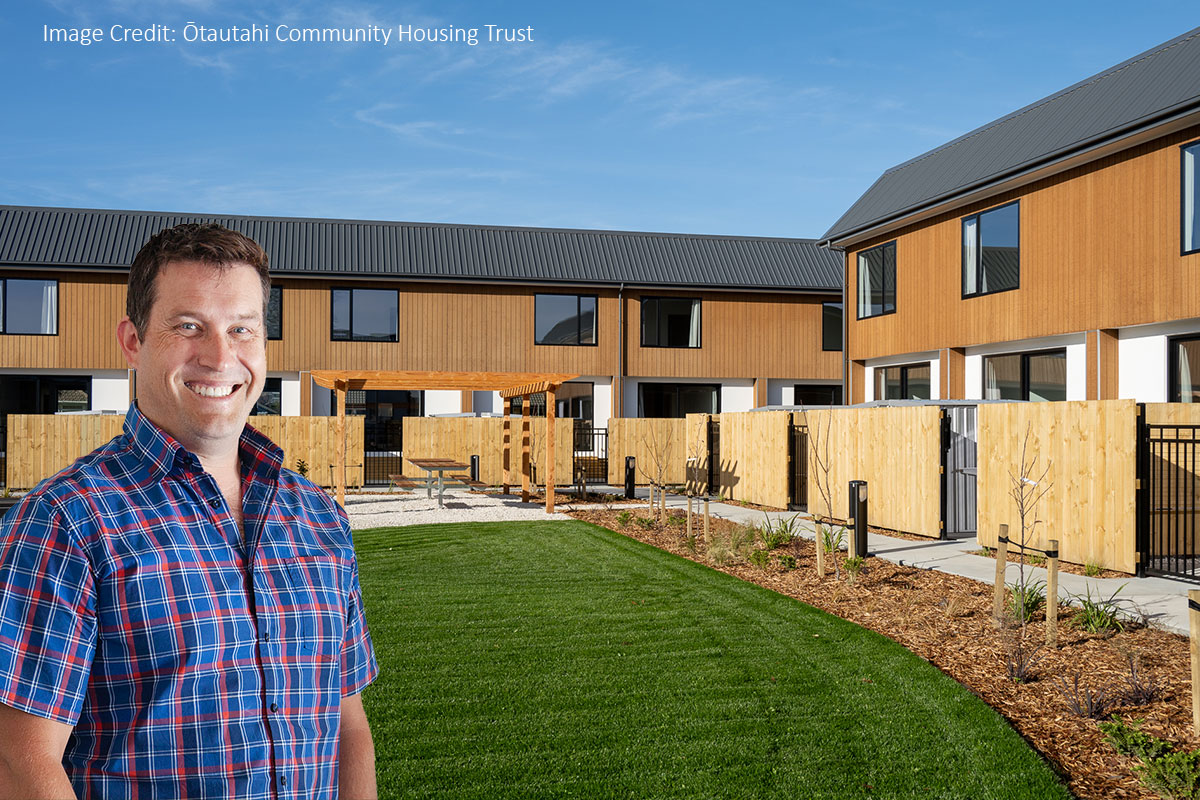Restoring the Christ Church Cathedral: The story so far.
The Christ Church Cathedral, located in Christchurch, suffered significant damage during the Canterbury earthquake sequence in 2011. Various options were considered for the Cathedral, including complete replacement, however ultimately reinstatement was decided upon as the preferred option. Tim Joll was appointed to work on all the planning matters associated with the rebuild. Tim recently visited the site along with a number of the other key stakeholders and partners to see the progress.
The first stage of the development has been completed, which includes the necessary enabling works to provide for the reinstatement works. Completed works include deconstruction of the earthquake damaged Cathedral, partial demolition, insertion of temporary support structures and weatherproofing of the main Cathedral building.
The next phase is the installation of the retrospective base isolation foundation. During these processes there are some great learnings that can be used in other scenarios to prevent against natural disasters in particular to heritage building. Buildings of cultural and heritage significance (in fact any building) can be strengthened prior to a natural disaster using a variety of techniques, including retrospective base isolation foundations. Planning provision now enables upgrades to buildings to meet a high level of building code.
Our role as planners for the cathedral was to obtain multiple resource consents to undertake the necessary stabilisation and reinstatement works, which included seismic strengthening, partial demolition, construction, restoration, repair, and enhancement of the Cathedral.
The objective of the proposed works was to preserve and revive the Cathedral’s historical architecture while implementing necessary measures to improve its seismic resilience. This includes strengthening the main structure, constructing a new base-isolated ground floor, reinstating components like the west porch, Bell Tower, transepts, and rose window, and repairing internal elements.
Sustainability and heritage preservation were key considerations throughout the project, ensuring that original materials were salvaged, where practicable, to minimise waste and preserve the building’s historical significance.
Additionally, new buildings such as a Visitor Centre and a Cathedral Centre will be constructed, along with enhanced landscaping, civil works, signage installation, and reconfiguration of vehicle entry and parking, all aimed to provide enhanced facilities that are suitable to meet the needs of a modern congregation, while also increasing and promoting tourism alongside the revitalisation of the city centre.
The proposed works are fundamental to the reinstatement of the Cathedral, securing its long-term future and enabling the Anglican diocese to resume activities from the Cathedral. It also allows the people of Christchurch and tourists to once again access and appreciate the building and its setting, contributing to the identity and revitalisation of the city.
Inclusive Planning
The reinstatement project of Christ Church Cathedral offers valuable insights and practices that can be transferred to other heritage buildings, as well as the use of innovative engineering techniques, such as retrospective base-isolation foundations, provides a transferable principle to strengthen buildings of cultural and heritage significance.
The Project Team prioritised engagement and inclusive planning. We actively sought input from key stakeholders, including the diocese, politicians, community leaders, iwi/Rūnanga, Heritage New Zealand Pouhere Taonga, businesses, and other relevant stakeholders. Through consultation with key stakeholders, we addressed their needs, and ensured their voices were heard throughout the planning process. By incorporating the cultural landscape and preserving key architectural elements, we ensured that the project was aligned with the community’s values and aspirations.
One of the key supporting principles for the project is to provide “a place for people to gather, connect with history and tradition, and with each other, embrace in the future together”.
We are proud of all the work to date on this project and how it demonstrates the valuable role of planners and planning play in creating resilient and sustainable communities while maintain our heritage buildings.
If you have a heritage building you are wanting to restore, repair or protect, contact our team of heritage planning experts to see how we can help.


